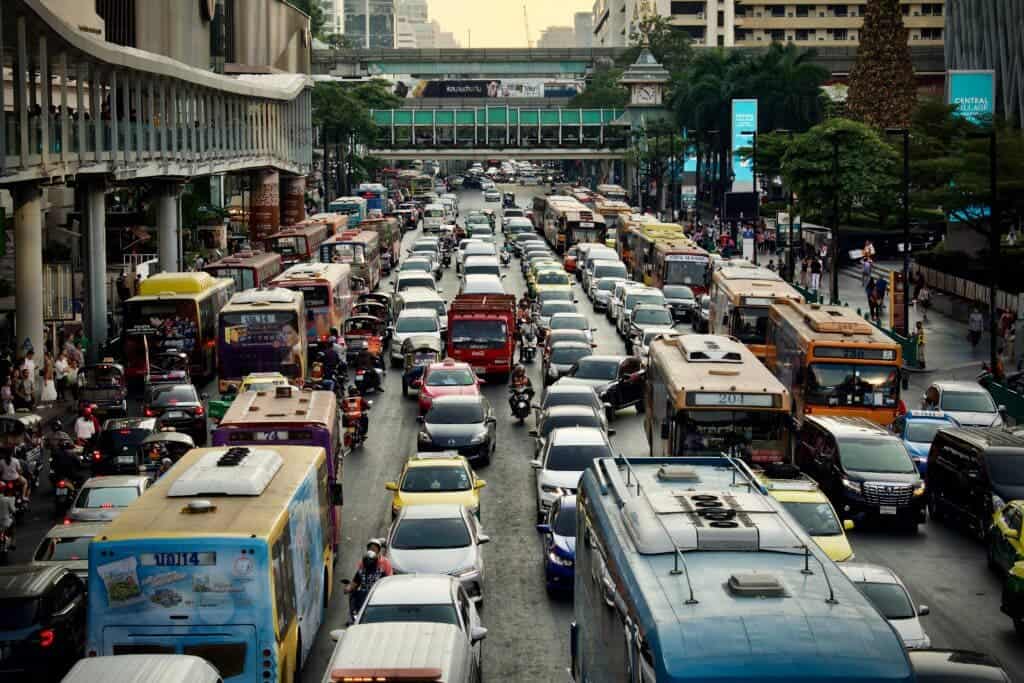
Traffic jams are formidable enemies. They seem to plague every big city in every corner of the world, and despite ample measures aimed at tackling them, jams continue to persist and be a nuisance.
They’re more than a nuisance, actually. Traffic jams waste a lot of time and money. Truckers alone lose around $74 billion a year due to traffic jams, and a UK study estimates that the UK economy loses £6.9 billion ($8.6 billion) a year due to traffic jams — costing the average British resident around 115 hours of time and £894 ($1116) in fuel waste and lost income.
But help could be on the way: not in the form of wider streets or bridges and tunnels, but rather in the form of algorithms.
A team of researchers from Aston University in Birmingham, UK, have built a photorealistic traffic simulator to train their algorithm, teaching it to count cars and adapt depending on traffic and weather scenarios. Dr. Maria Chli, Reader in Computer Science at Aston University, explained in a press release:
“The program gets a ‘reward’ when it gets a car through a junction. Every time a car has to wait or there’s a jam, there’s a negative reward. There’s actually no input from us; we simply control the reward system.”
Currently, “smart” traffic light systems use wires on the road to detect how many cars are passing over, using a program to count and then react to data. But the system created by the researchers here can “see” traffic before it reaches the lights, which enables it to make faster decisions and even predict the state of the traffic better in real-world conditions.
Dr. George Vogiatzis, senior lecturer in Computer Science at Aston University, says the system can even understand situations it hasn’t experienced before. It can also be tweaked to incorporate desired features (such as prioritizing ambulances or buses).
“We’ve tested this with a physical obstacle that is causing congestion, rather than traffic light phasing, and the system still did well. As long as there is a causal link, the computer will ultimately figure out what that link is. It’s an intensely powerful system.”
So far, the system was tested on a real junction, and it appeared to improve traffic, despite being trained entirely on simulations. The researchers now want to continue testing the system in more realistic conditions and see how big a difference it can make in the real world.
The study was been peer-reviewed yet and was presented at the 21st International Conference on Autonomous Agents and Multiagent Systems in Auckland, New Zealand.
Was this helpful?



